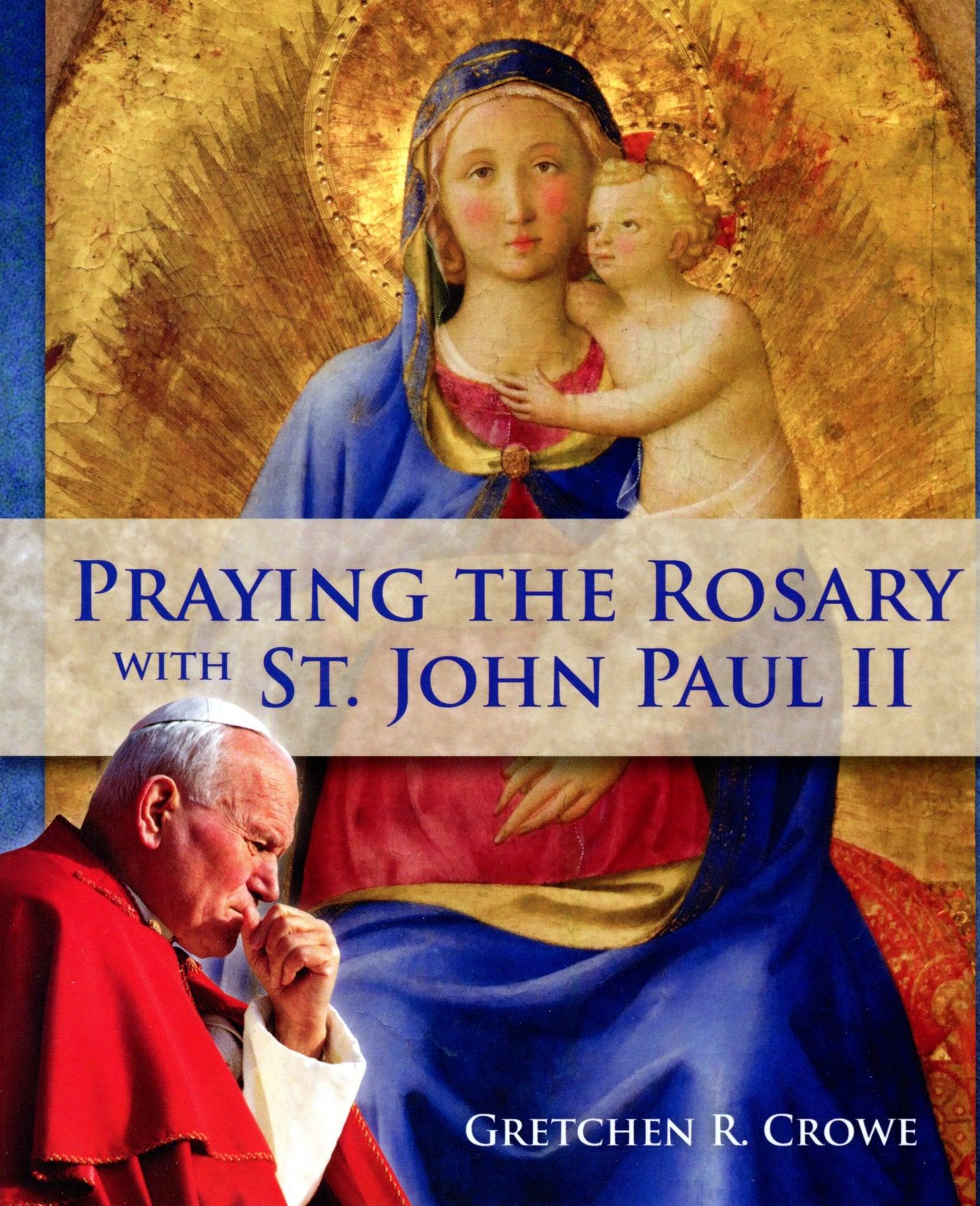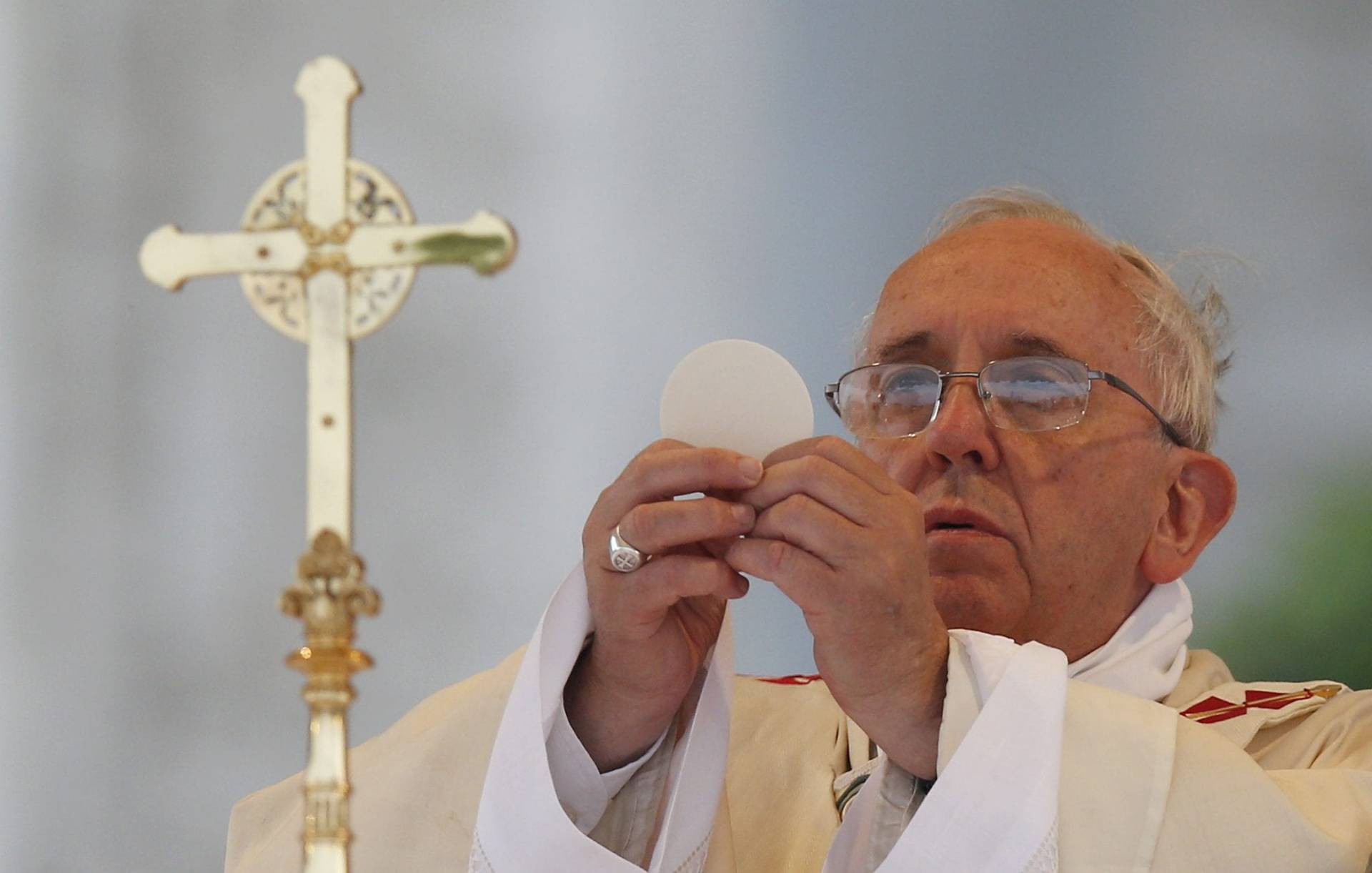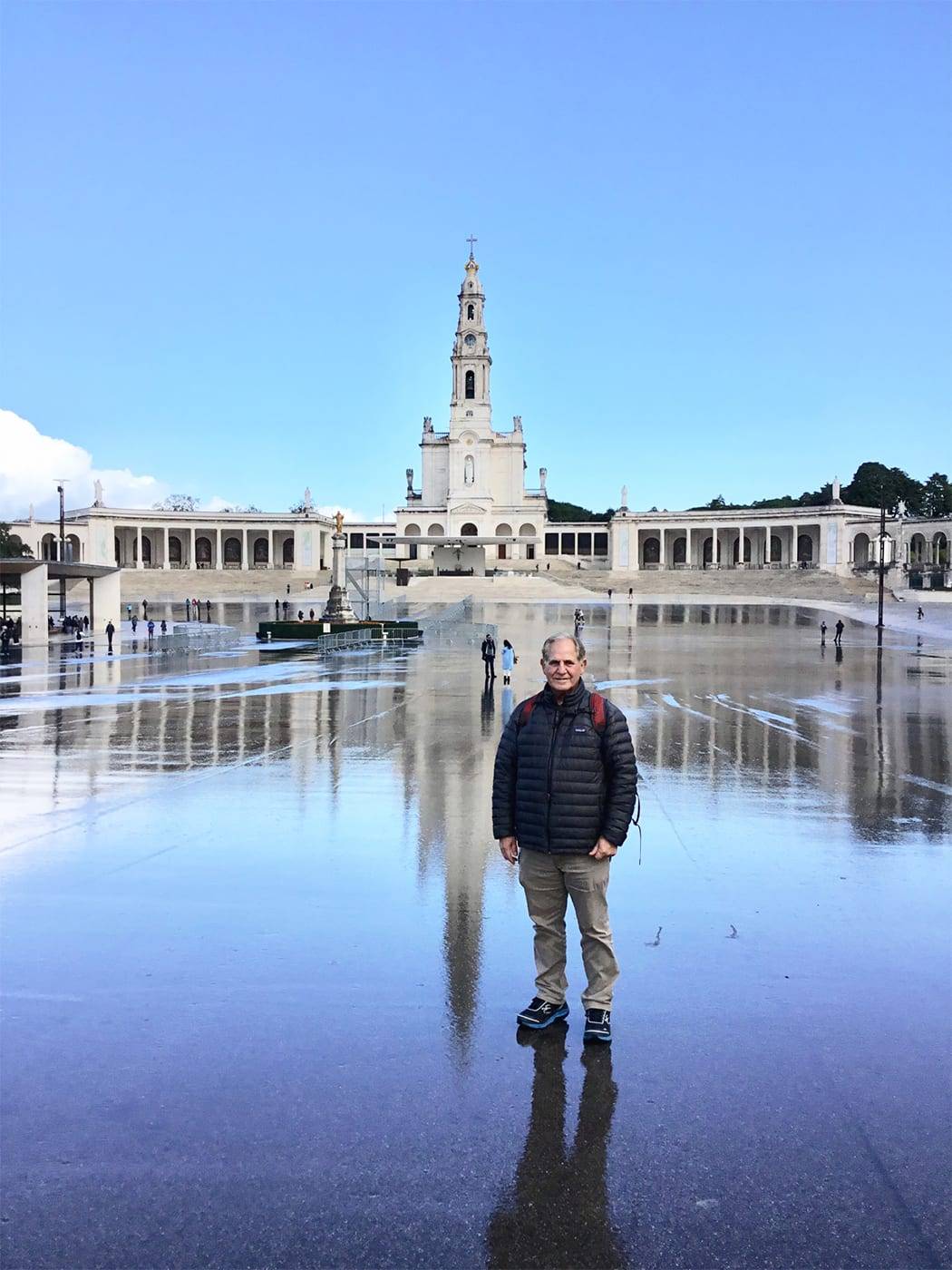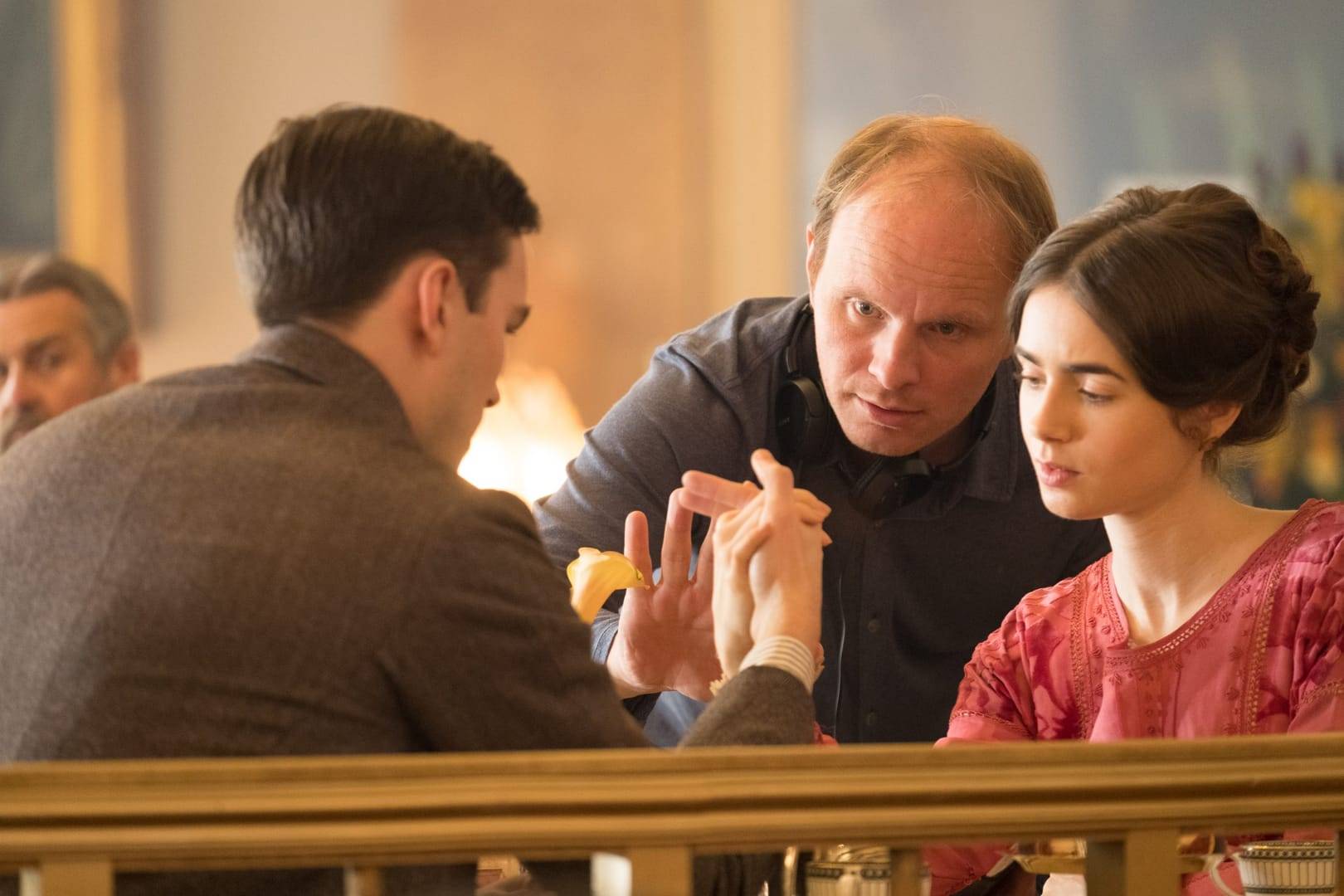SNOWMASS, Colo. — In an interview with a local TV station, Thomas Keating, famous spiritual writer and contemplative at St. Benedict’s Monastery here, told the reporter that his family vehemently opposed his becoming a monk. They were afraid he’d be “buried alive,” neither seen nor heard from again. Then Keating paused and added, slyly, that it “was a little like being buried alive in the first few years.”
A second monk told a second reporter how tourists would drive up to the monastery to check the monks out and be “surprised that we can talk.” Then Brother Chuck turned and smiled at the camera, “We’re actually pretty gregarious.”
Last week, I wrote about spending eight days in silence at the St. Benedict’s Monastery retreat house. Now, a bit about the monks, 17 or so, who live there.
Keating’s “buried alive” actually did not sound far-fetched to me, given the life apart monks choose: separate from families, friends, the rest of the big wide world. But unlike the tourists Brother Chuck described to the local Aspen Times Weekly, where I found the above quotes, I surely wasn’t surprised they could talk. Famous Catholic monks like Thomas Merton and Keating and William Meninger, who lives at Snowmass too, have written and talked plenty.
Still, I was surprised at how warm, smart, witty, and just plain normal the other monks seemed, at least as normal as those of us visiting. There they were in long white tunics and scapulars chatting up retreatants after Mass in the morning or the locals who come to Mass on Sundays. One delivered a bit of wry, borderline sarcastic commentary — with impressive comedic timing — in his homily. When I told a monk I came from Boston, he immediately started in on our great sports teams. “I’m a Broncos fan,” he told me, even though the monastery has no TV. The Aspen Times captured some of the mundane frustrations at St. Benedict’s when the monk who’s in charge of supplies and running errands to town admitted that even prayerful monks “can be very demanding, you know,” he said. “They want it NOW.”
All this regularity made the irregularity of their lives more puzzling. They’ve chosen radical self-denial, not just priestly vows of obedience, poverty, and chastity, but also a complete surrender to God in prayer, work, and service. No marriage, no kids, no house, no possessions. No choices about clothes, rules, what to eat for lunch, bedtime or getting-out-of-bedtime. No big family gatherings next week for Thanksgiving. Once a year, their families can come for a week and stay at the retreat house. The monks get time off to be with them. If someone in their family is near death, they can go home. For a bit.
The setting of St. Benedict’s — both peaceful and majestic, surrounded by evergreens in a nearly untouched Rocky Mountain valley far from the nearest main road — may make all that circumscription easier to take. This place is often called a “little bit of heaven,” where these monks are undoubtedly headed. But why rush it?
On the other hand, there’s none of the craziness that comes from lives of too much choice. The right job? The right wife? The right car or house? The monks do not endure bad marriages or bad-apple kids or vicious office competitions that, if lost, may mean you’re fired. There’s no worrying about whether you can afford to retire or who will take care of you when you’re old. The monks take care of each other. The infirmary is right down the hall. And up on the hill, there’s a simple cemetery and a simple wooden cross looking out at the Rockies. Small flat markers bear the names of monks who’ve gone before these men.
This is where they live. This is where they’ll die and be buried.
No surprises.
Most of us could never be monks and wouldn’t want to be. Yet there is a certain freedom in their non-freedom. There is something appealing in the security of their community, its stability and predictability, unhurried rhythms, its repetition of the same psalms and the same, ritualized celebrations of holy days and saints’ feast days.
“A school for love,” is what St. Benedict called this life.
Here is the school’s schedule.
Morning Vigils at 4:30. If you get there early, the chapel is dark and empty save for the monk or two already in his seat, praying. One of them will then turn on a single light in the corner to read scripture or another spiritual book. There’s meditation until 6. Then a pickup breakfast fixed and eaten by each monk on his own. At 7:30, it’s Lauds, or morning chants and prayer, followed by Mass. Then work at the bookstore (where books, jams, honey, crosses, and other religious materials are sold on the honor system, cash or check in the box, please). There’s work, too, at the bakery or the ranch. The Monks sell cookies and lease part of their 3,000-plus acres as pastureland to cattle and horse owners.
Then there’s another short prayer at 12:30 p.m. outside the refectory, before lunch, the main meal. The monk whose turn it is to cook that day serves. Another monk reads from a spiritual book as the rest eat in silence. There’s another short prayer at 1:20 p.m., then free time or more work before a pickup dinner and an hour of meditation at 6 p.m., then evening prayer, or Vespers, at 7. “May the lord grant us a quiet evening and a peaceful death,” the abbot says at the end of Vespers, when the monks return to their rooms and bed and silence until Mass the next day.
During my retreat, I did not have a chance to ask the monks why they wanted a life like this. But I do know that few men still want it here or anyplace else. Nearly all the monks at St. Benedict’s are over 60. Keating, who is in ill health, is 92.
The typical explanation is that monks become monks in response to a calling, a grace and gift from God. They come to the monastery out of love for Christ, the desire to be with Him, follow Him, and pray through Him for the world.
In “A Rising Tide of Silence,” a documentary about Keating’s life, he says his attraction to the religious life began early. Born into an affluent but non-religious Manhattan family, he’d sneak out to Mass, unbeknownst to this parents, when he was a small boy. At Yale — where his banker father had expected him to study the law — Keating nearly flunked out. He instead studied the Desert Fathers, early monasticism, other writings from the Church, and every other spiritual book he could find. At one point in the midst of this odyssey, Keating said he felt so happy and filled with joy that he was quite ready to die, right there in the Yale quadrangle. He said he felt like he’d fallen in love. And he had.


















